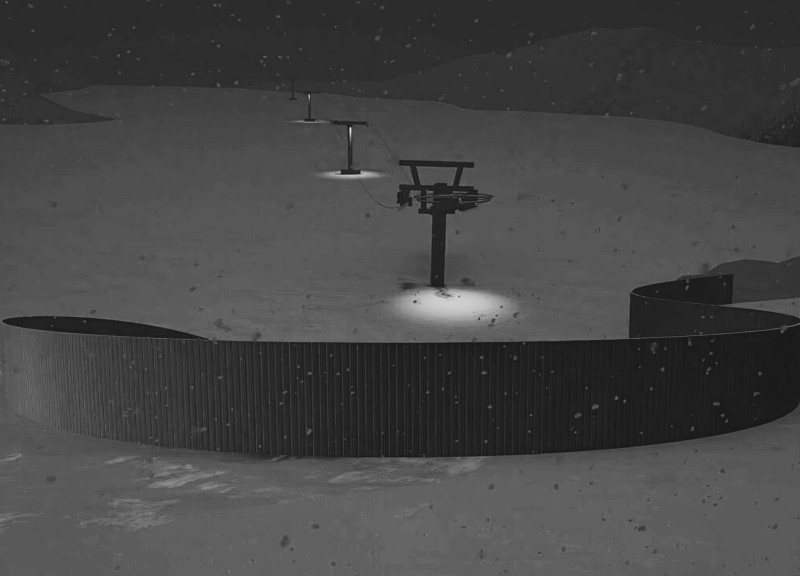5 key facts about this project
The architecture of this project reflects a modern sensibility while paying homage to its local context. By selecting materials that resonate with the environment, such as concrete and glass, the design creates a fluid transition between indoor and outdoor spaces. The extensive use of glass allows for natural light to permeate the interiors, promoting a sense of openness and connection to the surrounding landscape. Meanwhile, concrete elements provide durability and a sense of permanence, grounding the structure in its physical environment.
A detailed analysis of the architectural design reveals several important components that contribute to the overall effectiveness of the project. The layout is oriented to maximize views and access to natural light, enhancing the functionality of the spaces within. Dedicated areas are allocated for [mention specific functions or uses, such as meeting rooms, communal gathering spots, or recreational facilities], promoting versatility. The design also integrates outdoor spaces that encourage activities, providing an extension of the interior environment.
One of the unique aspects of this project is its approach to sustainability. The architectural design incorporates passive solar heating strategies and energy-efficient systems, reducing the overall environmental impact. Elements such as green roofs or landscaped terraces support biodiversity while enhancing thermal performance. This commitment to sustainability not only addresses ecological concerns but also creates a healthier environment for occupants.
Additionally, the architectural design embraces cultural narratives, reflecting the heritage of the [specific demographic or community]. This is achieved through careful attention to textures and materials that resonate with local traditions. The integration of artful installations or public artwork captures the essence of the area, enriching the community's connection to the building.
The project further champions inclusivity, ensuring that all areas are accessible to individuals of varying abilities. This thoughtful consideration extends to the design of entrances, pathways, and communal spaces, creating an environment that welcomes everyone. The result is a project that not only serves its primary function but also enhances social interaction and community cohesion.
Architectural plans and sections illustrate the intricate layout and design strategies, offering insights into how each element contributes to the overall vision. Observing these architectural designs reveals the meticulous planning involved in marrying aesthetics with utility. The project stands as a model for future developments, advocating for architectural ideas that prioritize both the community’s needs and environmental stewardship.
To gain a deeper understanding of the architectural philosophies that have shaped this project, it is encouraged to explore the presentation further. Investigating the architectural sections and plans will provide a more nuanced view of how these design elements interact within the entire framework. The project's commitment to thoughtful design and community connection invites further exploration and reflection on the role of architecture in enhancing daily life.


























